Koyoharu Gotouge’s Demon Slayer series is celebrated not only for its stunning visuals and intense battles but also for its emotional storytelling. One of the most impactful aspects of the series is how it portrays its villains. The series does not make its villains one-dimensional but makes them tragic figures whose backstories add a form of emotional complexity to the series.
Rather than portraying the demons as mindless monsters, the series humanizes them through intricate and often tragic backstories. In other words, the Demon Slayer series takes a deeper approach by exploring how their former lives and personal struggles led to their transformation, therefore adding depth to the story.

Related
The Strongest Demons In Demon Slayer
There are several powerful demons present in the Demon Slayer anime. These characters are the most dangerous.
The Humanization Of Evil Through Their Tragedies
The Humanity Behind The Monsters In The Series
A recurring theme in Demon Slayer is the blurred line between good and evil. Many of the demons were once humans who faced overwhelming hardships, pushing them into desperation or despair. Their transformations into demons often stemmed from circumstances beyond their control: poverty, illness, betrayal, or loss. With the revelation of their backstories, the series forces viewers to see the tragedy of their downfall rather than viewing them as purely evil beings. In this vein, the series excels at creating moments where sympathy for the villains coexists with satisfaction over their defeat. An example of demons’ humanization is Daki and Gyutaro, the sibling demons in the Entertainment District arc, who are products of a harsh, unforgiving world.
Gyutaro was born into extreme poverty and faced abuse and ridicule, while Daki’s beauty was exploited, leading to her downfall. Their transformation into demons was driven by their desire to escape their suffering. Even in their final moments, as they disintegrate, they express regret and reaffirm their bond as siblings. This emotional depth highlights how societal neglect and cruelty can push individuals toward destructive paths.
Moreover, the approach to evil humanization gives the battles between the demons and demon slayers an emotional undercurrent. Instead of being mere clashes between good and evil, the fights often feel like tragedies unfolding, where both sides are victims of circumstances. The slayers, especially the protagonist, Tanjiro Kamado, often display empathy even toward the demons he defeats. Another compelling example is Akaza, one of the most formidable demons.
In the past, Akaza was a devoted son and lover who fought relentlessly to protect those he cared about. However, after losing his loved ones, he succumbed to despair. He turned into a demon, and this was not just a way to survive; it was a rejection of the pain he felt as a human. Akaza’s story adds weight to his battles, particularly his fight with Tanjiro and Giyu Tomioka in the Infinity Castle. Despite his brutal strength, Akaza’s vulnerability becomes evident as he grapples with his lingering human emotions. His internal struggle to suppress his past reveals how demons are often imprisoned by their own grief and guilt, unable to let go of what they’ve lost. Through these layered backstories of villains, the story elevates the Demon Slayer series beyond a simple action-adventure genre.
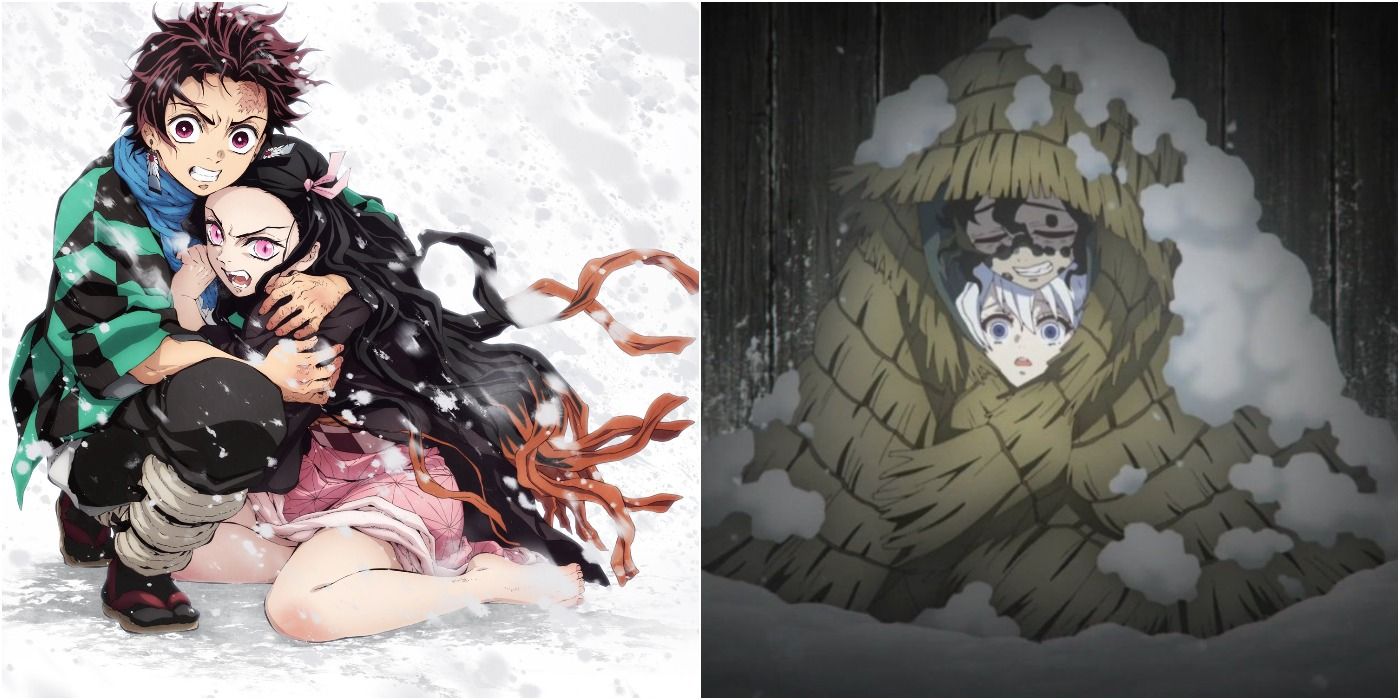
Related
Demon Slayer: How Gyutaro and Daki’s Relationship Mirrors Tanjiro and Nezuko’s
Tanjiro and Nezuko’s bond is one of Demon Slayer’s driving forces. This villainous duo’s dynamic is incredibly similar to theirs in many ways.
The Impact Of The Demons’ Backstories On The Story
A Blurred Line Between Good And Evil
In the series, the demons’ backstories turn what could have been straightforward action sequences into emotionally charged confrontations. Instead of rooting for the heroes to win, Gotouge often made viewers feel conflicted and sympathetic for the villains even as they were defeated. Initially, the spider demon, Rui, in the first season, seems like a sadistic villain who toys with others for his own amusement.
However, as his backstory unfolds, viewers realize he was once a frail child desperate for acceptance and love. When Rui is finally defeated, his death isn’t portrayed as a triumph; it’s a tragic release from a life consumed by loneliness and fear. In this way, the series elevates the battle beyond a simple fight between good and evil, leaving a lasting impression on the viewers.
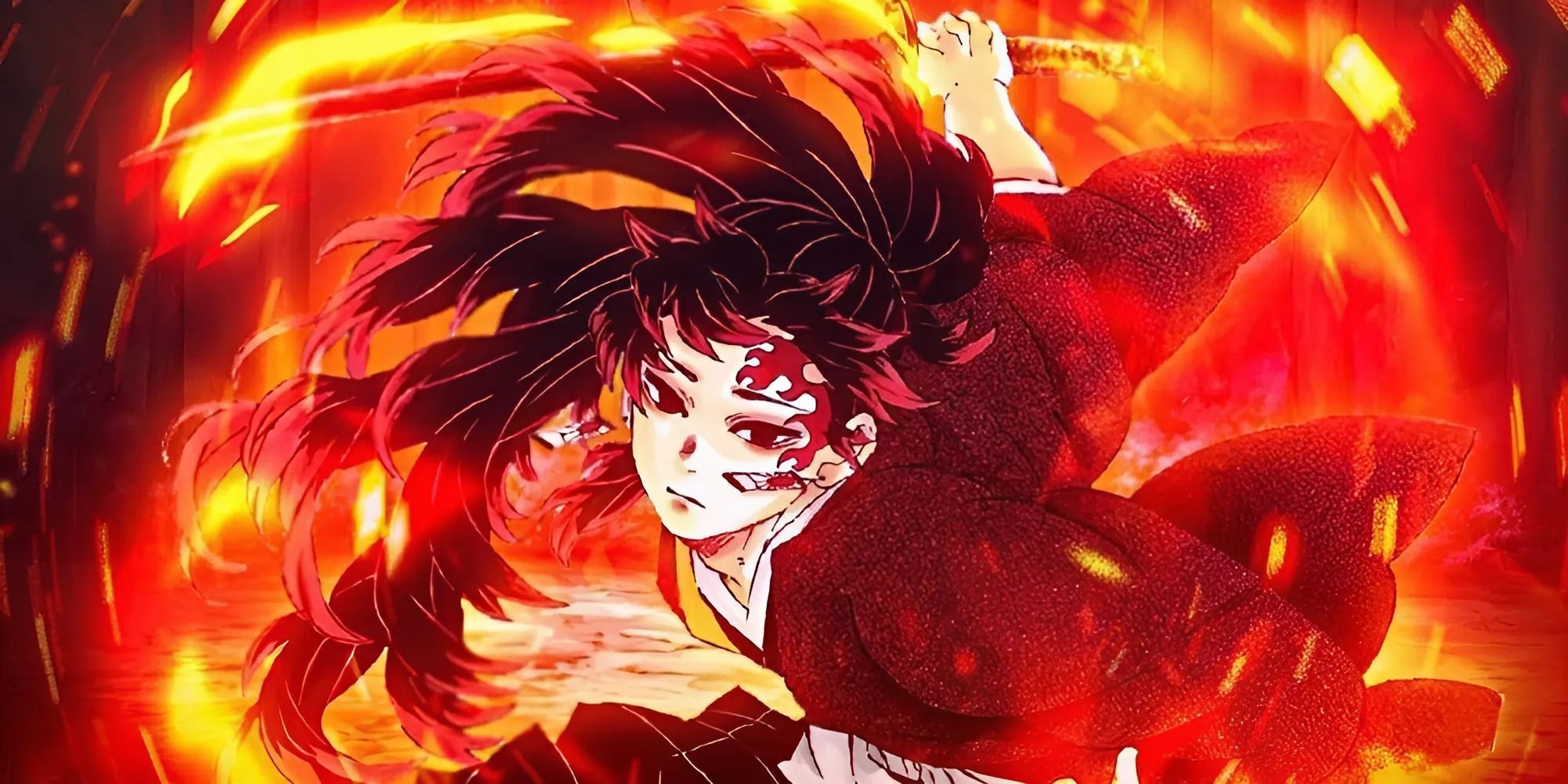
Related
Demon Slayer: Could Yoriichi Solo the Upper Rank Demons?
The strongest Demon Slayer in history versus the strongest demons of Tanjiro’s period. Can Yoriichi, the first Sun Breathing user come out on top??
The demons’ stories also explore how trauma and suffering can push people to their breaking points. Many of them turned to Muzan Kibutsuji, the series’ main antagonist, to escape their pain, only to lose their humanity in the process. The recurring pattern of most demons turning to Muzan for a fresh start, away from their pain, shows how evil often stems from vulnerability rather than malice. Even for Muzan, his path to evil is shaped by fear−his fear of death and powerlessness, which drives his obsession with immortality.
As the story delves into the backstories of these villains, many of the demons often experience moments of clarity and regret as they face death. These scenes emphasize the series’ exploration of redemption and regrets, suggesting that even the most corrupted souls can have remorse. In this way, the Demon Slayer series uses its villains to remind viewers that evil is rarely born but is made.
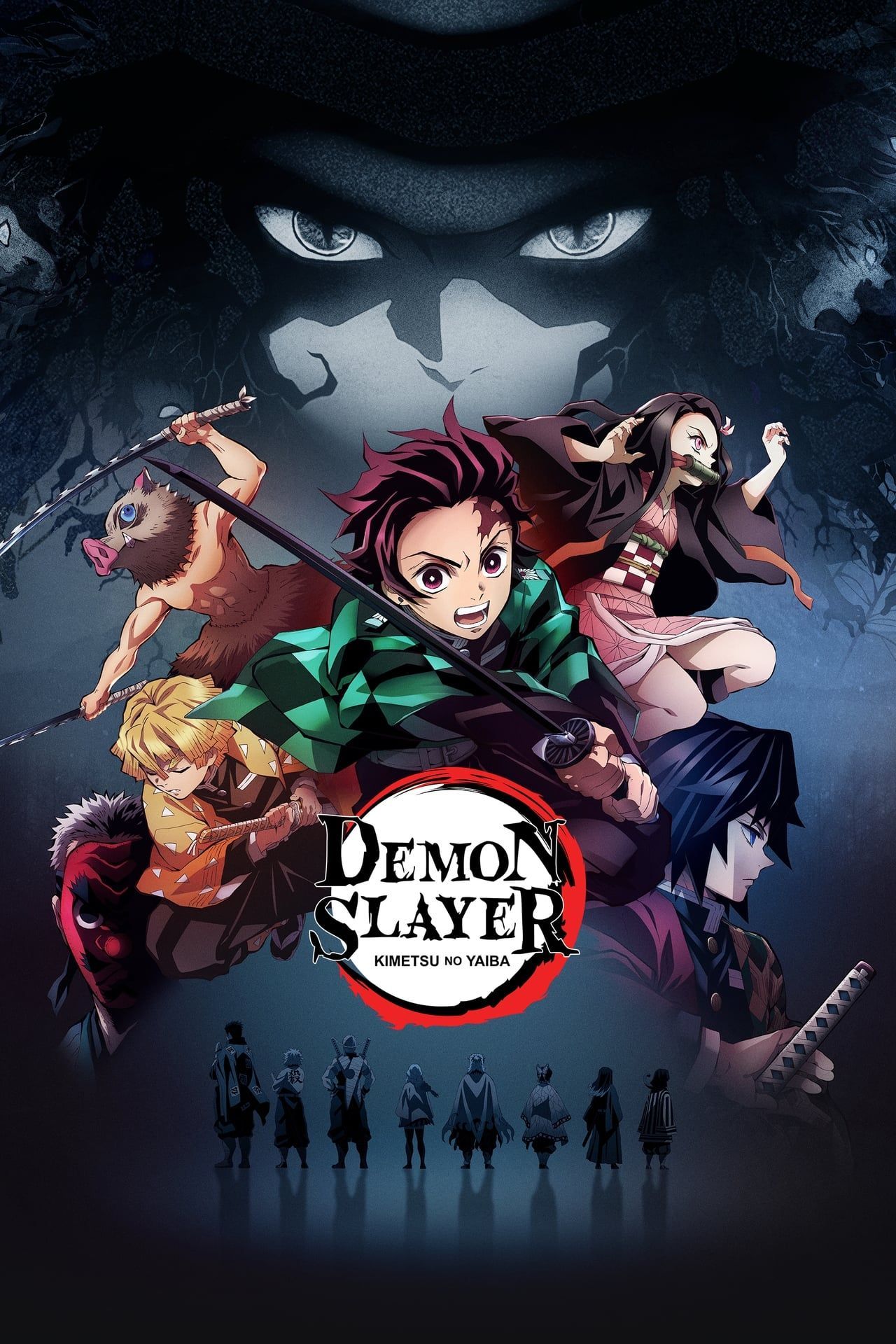
Demon Slayer: Kimetsu no Yaiba
- Release Date
-
April 6, 2019
- Seasons
-
5
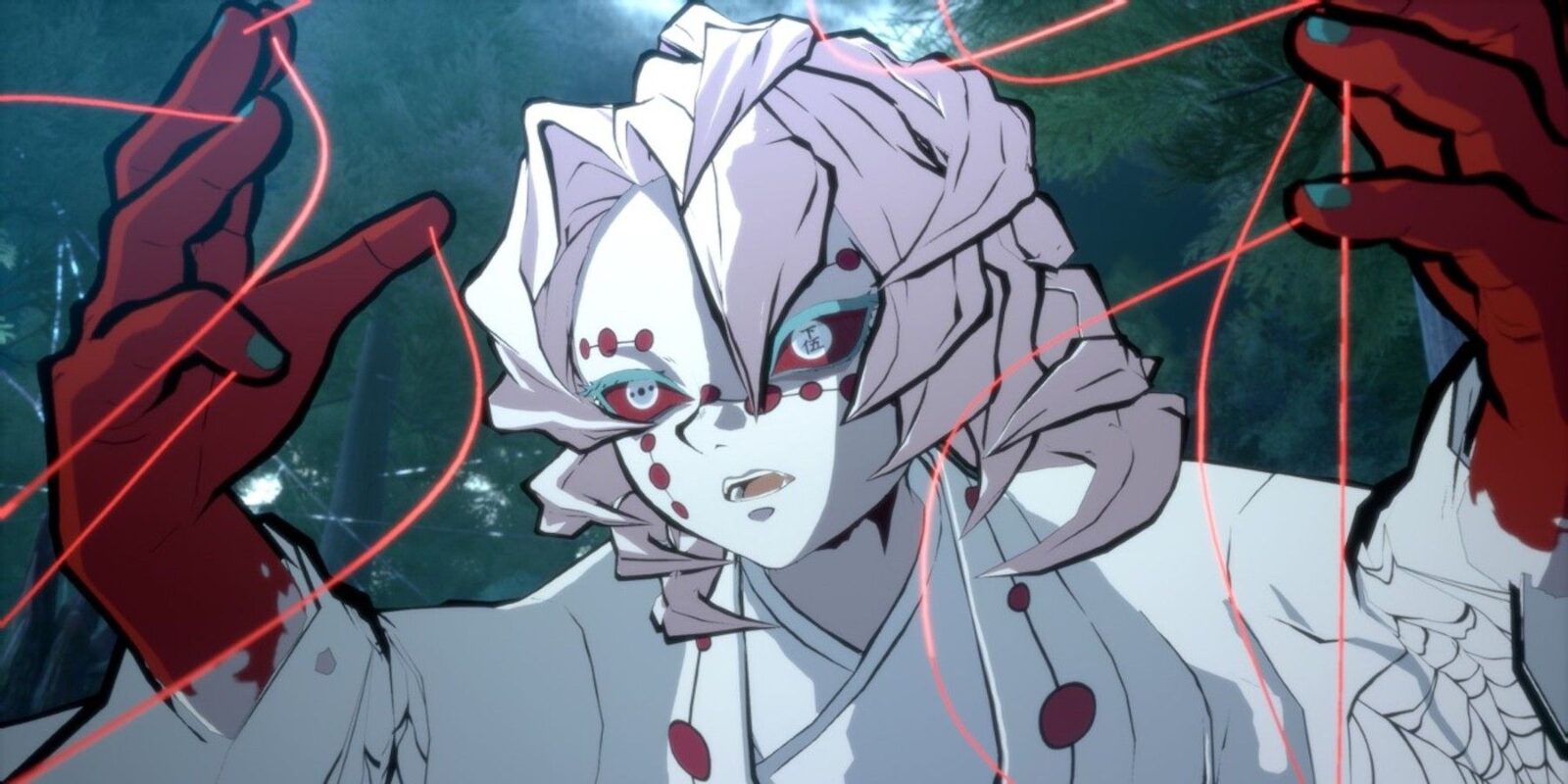




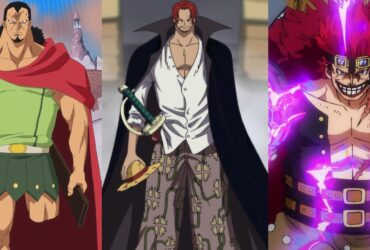
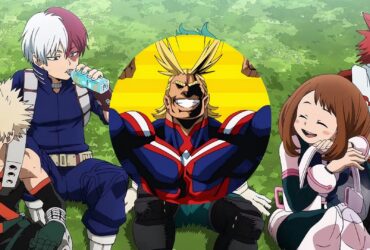
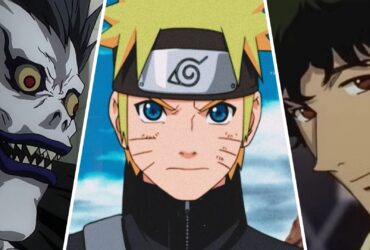
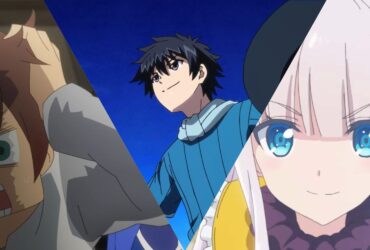
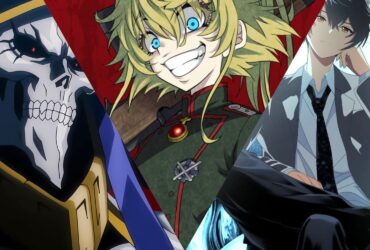

Leave a Reply